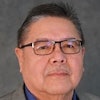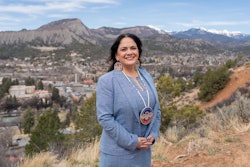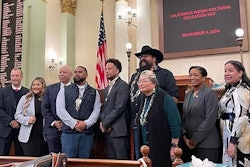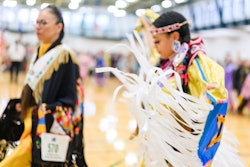Education equality is a birthright for all Native children, and their instruction should be consistent with their cultural, linguistic, family and tribal communities. It is an ideal that unfortunately is not being realized for every Native child. That is why thousands of American Indian, Alaska Native and Native Hawaiian educators gathered to discuss problems, possible solutions and best practices during the National Indian Education Association’s Annual Convention in Honolulu.
NEA President Reg Weaver addressed the group during the Second General Assembly. “Today, there is a deep divide in public education, and it threatens our nation. These children aren’t just falling through the cracks. They are falling into a crater that threatens the future of their tribes, their communities and the future of our nation.”
Weaver pointed out disturbing dropout numbers. According to the Harvard Civil Rights Project, only 51 percent of Native American ninth-graders graduate on time with their classmates. Weaver was also troubled by the gradual extinction of Native languages.
To combat those problems, the National Education Association has a 12-point plan to reduce the dropout rate. The plan calls for tactics including mandatory high school graduation or equivalency for everyone below the age of 21; workplace options that allow parents to participate in their child’s education; and early intervention through high-quality, universal preschool and full-day kindergarten programs.
NEA also stresses the importance of integrating language and culture into classroom instruction. NEA’s Minority Community Outreach Department offers teacher resiliency camps that help members understand the cultural backgrounds of students and find better ways to engage them. NEA and the National Indian Education Association are working together to create a primer for teachers of Native students called Native 101: Basic Facts About American Indian, Alaska Native and Native Hawaiian Education. It addresses the confusion around the various pieces of legislation concerning American Indian and Alaska Natives.
“Many Native American legends tell us about the natural cycles of life,” Weaver added. “Too many Native children are caught in an unnatural cycle of despair. It’s a cycle of unemployment, poverty, falling behind in school and dropping out of school. This leads to more unemployment and the cycle repeats. We must break this unnatural cycle. We must give every child an opportunity to explore, to learn, to dream and achieve.”
© Copyright 2005 by DiverseEducation.com


















